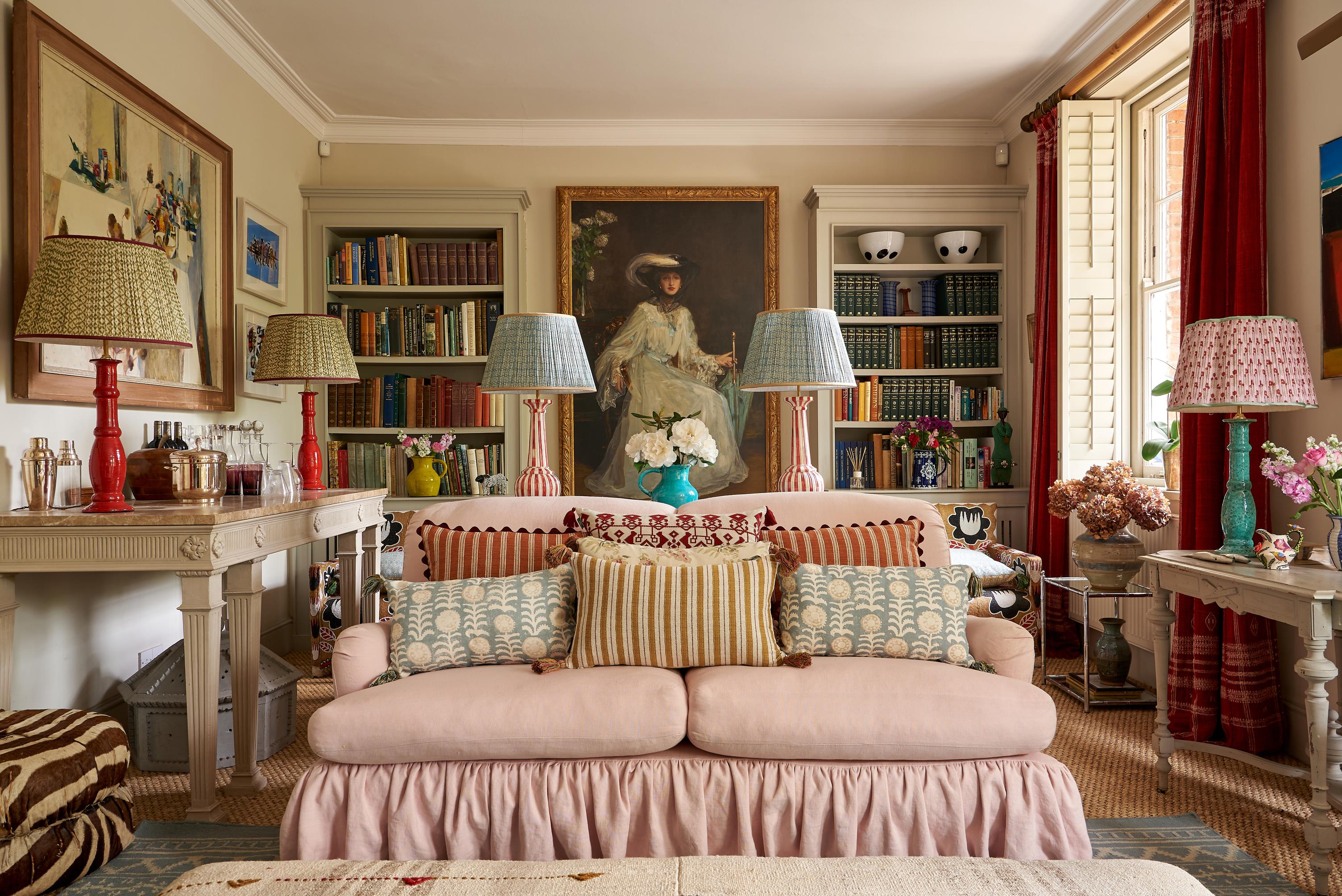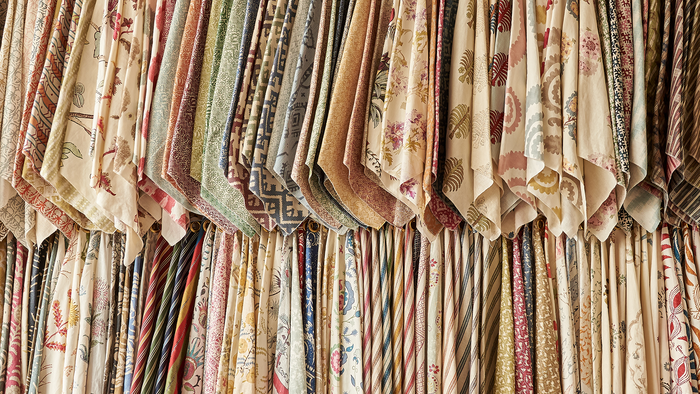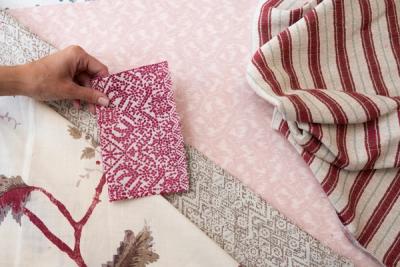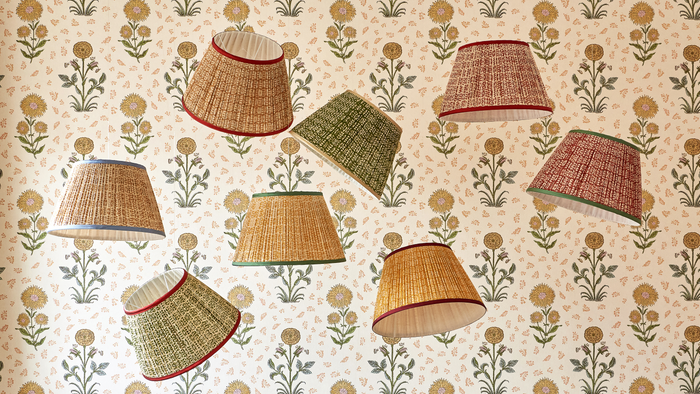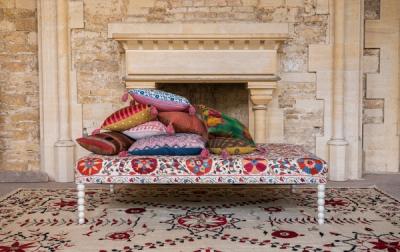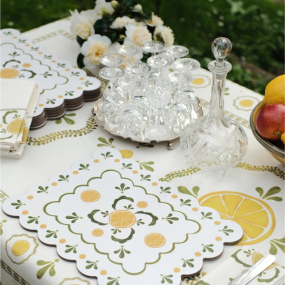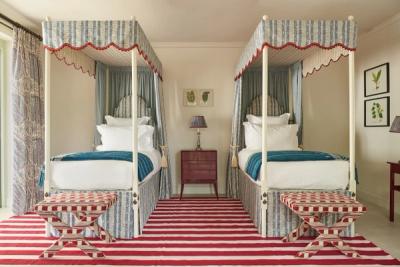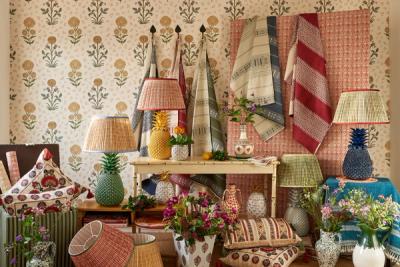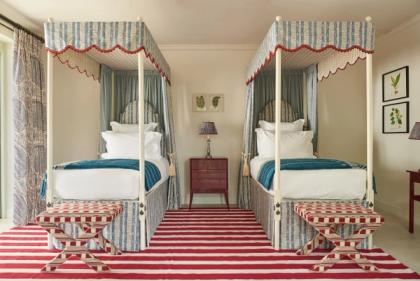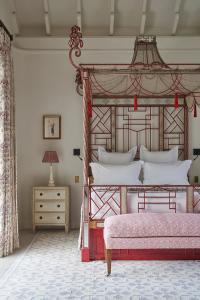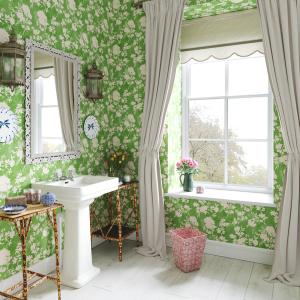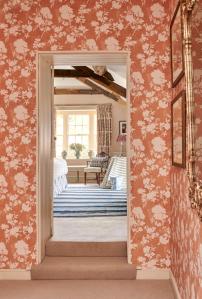Decoration
7 Tips for Picking the Right Wallpaper Pattern for the Room
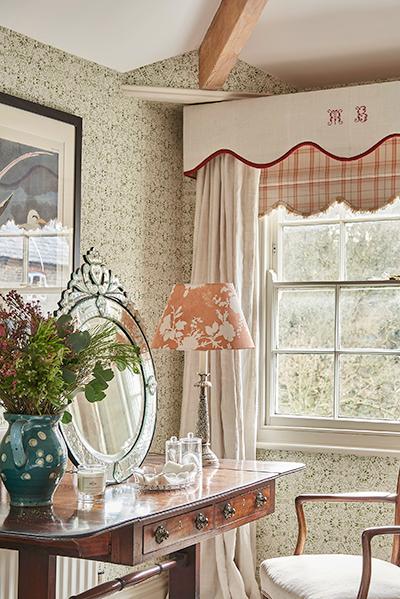
7 Tips for Picking the Right Wallpaper Pattern for the Room
Stuck on how to choose the right wallpaper? Read our tips below…
Consider how much space you’re going to cover…
We’re not followers of the ‘small spaces need small prints’ rule, but it is worth considering the space you have available to you. In the case of particularly large prints, some small spaces will simply be too small for the print to be seen properly. It may end up looking more like a mural than a pattern – a very different vibe that may not live up to your expectations.
…and how much of your paper will eventually be covered
Conversely, you could have the biggest wall in the house available to you but, if it’s going to be covered more than it’s going to be left visible, going for a smaller pattern will give you a lot more than a larger pattern. You’ll have more repeats, which means more opportunities to get the full impact of your chosen paper.
Consider the kitchen. A wallpapered kitchen looks great but, between the cabinets and cupboards, the appliances and the backsplash, even owners of big kitchens will struggle with a large print.
Learn to interpret a pattern’s ‘repeat’
If you take a look at our , for example, you’ll see that it has a pattern repeat of 64cm. This simply means that a single instance of the pattern covers before beginning again.
In some wallpapers, it’s a lot easier to see this repeat than it is in others. A two-tone stripe, for instance, is a strong example of a very obvious repeat, since the pattern repeats every two stripes.
It can be a little more complicated – even with stripes. For instance, our Daisy Chain Wallpaper features a much smaller repeat of 13.03cm, but also a ‘half drop’. What this means is that, while the pattern repeats vertically every 13.03cm, the horizontal pattern ‘drops’ only halfway, creating more variation and less of a rigid pattern.
Focus on theme, but not too rigidly
We love a room with a theme, but there is – and always will be – a relatively fine line between ‘on theme’ and ‘downright gimmicky’. How close you want to get to that line will come down to you and your own personal style, but keep in mind that, sometimes, less is more.
Big murals or heavily illustrative prints can look great in isolation but decorating a room around them can turn into a chore. Don’t confuse ‘overpowering’ with ‘busy’, since busier patterns can still be versatile and, at times, even subtle.
Check your samples more than once
Wallpaper samples are not only useful for giving you a more accurate overview of the wallpaper’s colour, texture, and quality. Having them in your hand – rather than just looking at pictures through your computer screen – gives you the much-needed opportunity to check how your wallpaper looks under the various lighting conditions your room will see each day.
Morning light shining directly in through a southern facing room will create a very different effect to a cloudy, grey dusk – or, of course, a room that is being exclusively lit by the interior lights at night.
Check in with your samples throughout the day, or you won’t know what to expect when it is finally pasted onto the walls.
Consider the size of the room, but don’t follow the ‘rules’ blindly
As we mentioned before, we don’t tend to buy-into the notion that small spaces can’t handle bold prints simply because they’re small, but even we will admit that there are times when knowing the general guidelines (with ‘general’ being the operative word here) can be quite useful and stop you from realising that your expectations just won’t meet with reality.
If you don’t want the busy, maximalist look, for instance, then introducing a bold pattern into a small room can be a mistake (unless you’re very sparing with it). Then again, the impact a bold print will bring can be stunning, so don’t sacrifice your flair for a guideline unless you’re looking for a very specific result.
You can take a look at our guide to choosing wallpaper for a small space if you need some more guidance.
Take your time
An appropriate and conscious investment of time at this stage of the decorating process eliminates potential issues down the line. Being able to check samples over an extended period, map out the repeating patterns across a room, and delve into the tonal and thematic differences wallpaper can offer means you’re not wasting time further down the line.
More from Decoration
